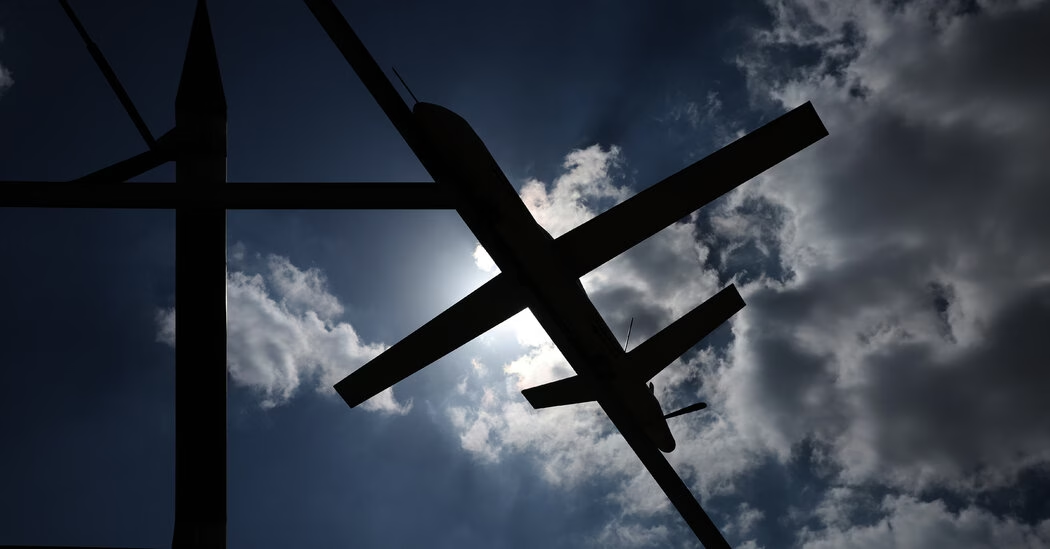For over a year, Houthi rebels in Yemen have been attacking merchant vessels and warships in the Red Sea using missiles, drones, and explosive-laden speedboats. This has caused significant disruptions to global trade on one of the busiest shipping routes in the world. The Houthis, who have been supported by Iran, claim their attacks are in solidarity with Palestinians in Gaza. In response, the U.S. and Israeli warplanes have carried out retaliatory airstrikes.
Despite a cease-fire between Israel and Hamas in January, there is evidence that the rebels may have obtained new technology. This new technology could make drones more difficult to detect and extend their range, possibly allowing the Houthis to gain an element of surprise against U.S. or Israeli military forces if hostilities were to resume.
In November, the researcher Taimur Khan from Conflict Armament Research inspected a hydrogen fuel cell system found in a small boat off the coast of southwestern Yemen. The system could enable Houthi drones to fly three times further than those powered by traditional methods like gas-burning engines or lithium batteries. This would also make them less detectable to acoustic and infrared sensors.
The components of the fuel cell system were manufactured by Chinese companies that advertise their use for drones. However, it is not confirmed if these items came directly from China. This could provide the Houthis with a new source for weapons components, potentially increasing their self-sufficiency.
Historically, Houthi weapons shipments have been intercepted at sea, with most coming from or originating in Iran. Therefore, the discovery of a new supply chain for these components could be advantageous for the Houthis.
The boat carrying these weapons was intercepted in August by Yemeni forces aligned with the internationally recognized government. The items onboard included guided artillery rockets, European-made small engines that can power cruise missiles, radars, ship-tracking devices, and hundreds of commercial drones.
The use of hydrogen-based electrical power with fuel cells is not new and has been used in military drones for over a decade. It is especially useful for long-range reconnaissance due to its ability to extend flight time and range. Additionally, fuel cells are less noisy than other power sources and can be reused many more times than conventional rechargeable batteries.
Conflict Armament Research declined to name the Chinese companies that made the components found near Yemen, to maintain their ability to work privately with these firms and trace the origin of these items.
Source: https://www.nytimes.com/2025/03/13/us/politics/yemen-houthi-drones-report.html





